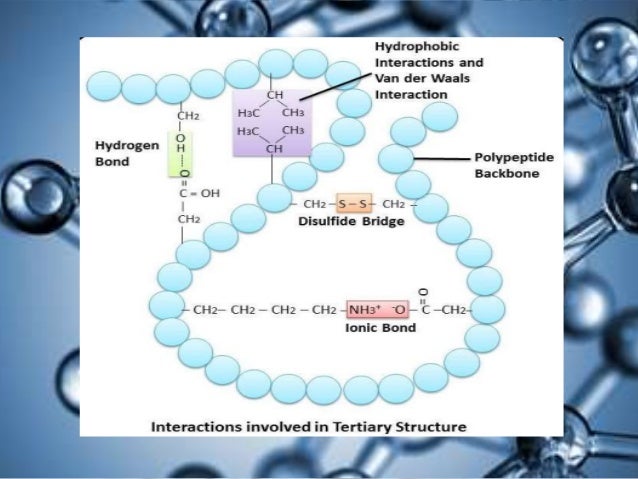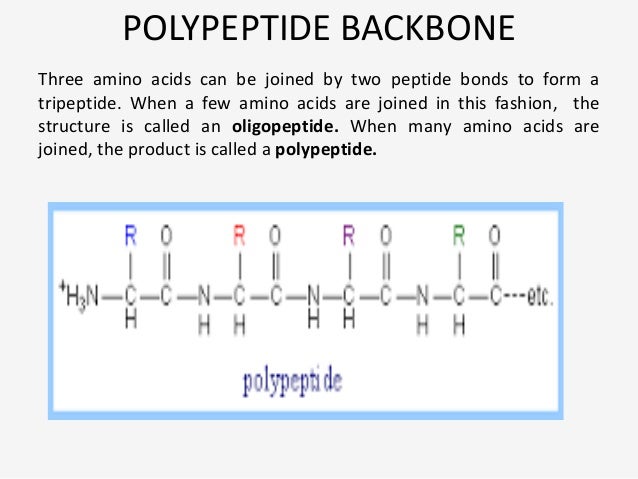

This is because it is now much easier to sequence DNA. Removing the backbone and spatchcocking (a.k.a butterflying) the chicken makes it easy to get perfectly roasted breast and leg meat. Instead, since it has been worked out (mostly) how DNA codes for protein, we usually infer the protein sequence from the DNA sequence. However, it is now relatively rare to directly determine protein sequence!
#PROTEIN BACKBONE FULL#
The ribbon shows the overall path and organization of the protein backbone in 3D, and serves as a visual framework on which to hang details of the full atomic structure. The very first protein sequence (bovine insulin) was determined by Fredrick Sanger in 1951-2 (note that this was more than a decade before the first nucleotide sequence). Ribbon diagrams, also known as Richardson diagrams, are 3D schematic representations of protein structure and are one of the most common methods of protein depiction used today. There are many different techniques for directly determining protein sequences - this wikipedia article is a decent introduction: There are also methods that have been developed to remove amino acids one at a time.īy combining theses techniques it is possible to directly determine protein sequences. Moreover, we identify preliminaryĮvidence that NeuralPLexer enriches bound-state-like protein structures whenĪpplied to systems where protein folding landscapes are significantly alteredīy the presence of ligands.This is a great question, but actually quite complicated so I'm not going to try to give a complete answer - I have given some useful links below if you wish to learn more.Įach amino acid has unique chemical properties that can be used to tell them apart. Problems including fixed-backbone blind protein-ligand docking and

Outperforms existing physics-based and learning-based methods on benchmarking coli as the target (PDB en-try: 6X7Q, 212 a.a.). We aim to design a protein with the backbone struc-ture of the CAT III from E. Using CAT III protein as an example, we describe the ma-jor steps and operations of ProDESIGN-LE as below (Fig. Prediction for all heavy atoms in the protein-ligand complex. protein sequence without requirement of multiple sequence alignment. Generative diffusion process is learned by a novel stereochemistry-awareĮquivariant graph transformer that enables efficient, concurrent gradient field A -strand is a stretch of polypeptide chain typically 3 to 10. Beta sheets consist of beta strands ( -strands) connected laterally by at least two or three backbone hydrogen bonds, forming a generally twisted, pleated sheet. each single strand of DNA, and the nucleotide bases stick out from this backbone. The beta sheet, ( -sheet) (also -pleated sheet) is a common motif of the regular protein secondary structure. Information into a time-truncated diffusion process. Pauling had discovered the secondary structure of proteins using X-ray. Model that incorporates biophysical constraints and inferred proximity Small-molecule 3D coordinates at an atomistic resolution through a generative Protein-ligand complex structures and their fluctuations using protein backbone NeuralPLexer, a deep generative model framework to rapidly predict Ubiquitous, and predicting their 3D structures can facilitate both biologicalĭiscoveries and the design of novel enzymes or drug molecules. The sequence of the amino acids in the polypeptide backbone is known as the primary structure of the protein.
#PROTEIN BACKBONE PDF#
Miller III, Anima Anandkumar Download PDF Abstract: Molecular complexes formed by proteins and small-molecule ligands are 2.2.1 Polypeptide Backbone Cleavage The polypeptide backbone of proteins can be attacked by ROS at the carbon of an amino acid to form an alkoxyl radical. Proteins are the molecular instruments through which genetic information is expressed. They act as structural components such as keratin of hair and nail, collagen of bone, etc. Authors: Zhuoran Qiao, Weili Nie, Arash Vahdat, Thomas F. Proteins, which are composed of amino acids, serve in many roles in the body (e.g., as enzymes, structural components, hormones, and antibodies).


 0 kommentar(er)
0 kommentar(er)
